Soil Management
All Soil Management Content

An Update on Agricultural Carbon Markets
Agricultural carbon credits have recently re-emerged as a topic of discussion, and this time in a different policy and demand environment compared to the early 2000s.
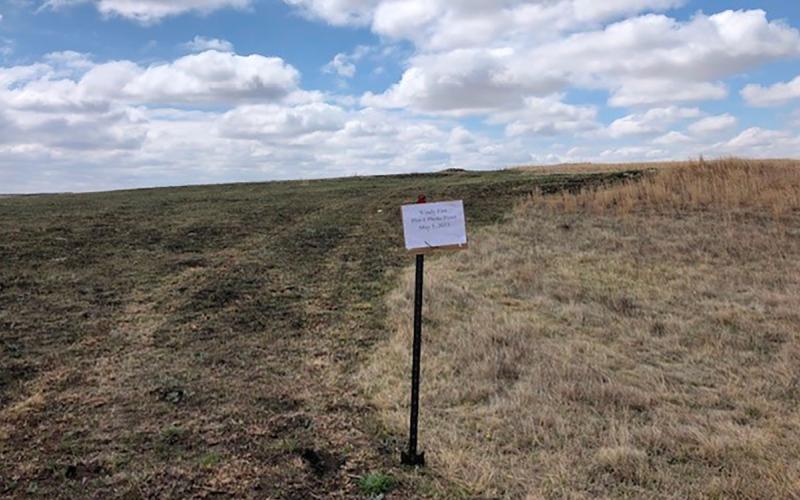
Range Roundup: Dormant Season Wildfire Project in Northwestern South Dakota
Two of the main environmental conditions that drive post-wildfire rangeland recovery include health of the rangeland ecosystem prior to the wildfire and climatic variables, such as precipitation or drought after the fire event.

Range Roundup: Riparian Health Project Started in Western South Dakota
Over the last five years, federal, state, NGO and university partners and producers in Northwest S.D. were involved in a needs assessment that identified riparian health as an area of significant concern across Western S.D.
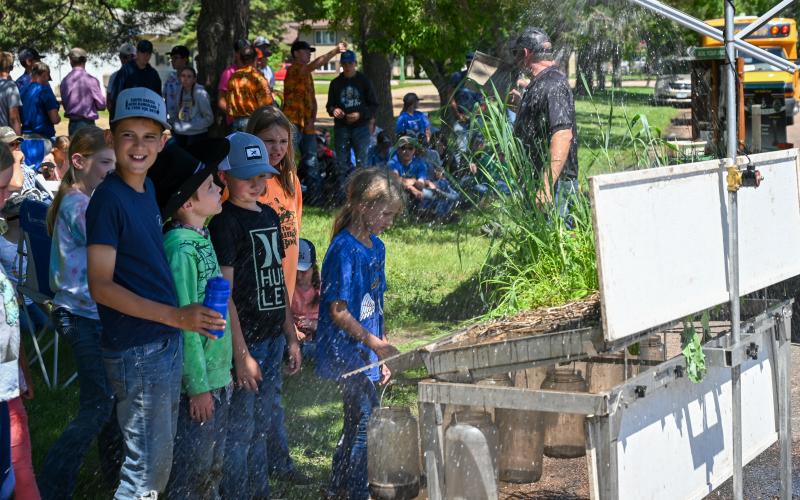
2024 Rangeland and Soils Days hosts more than 100 youth
June 28, 2024
More than 100 youth participated in the 40th annual Rangeland and 19th annual Soils Days on June 12-13, 2024, in Watertown.
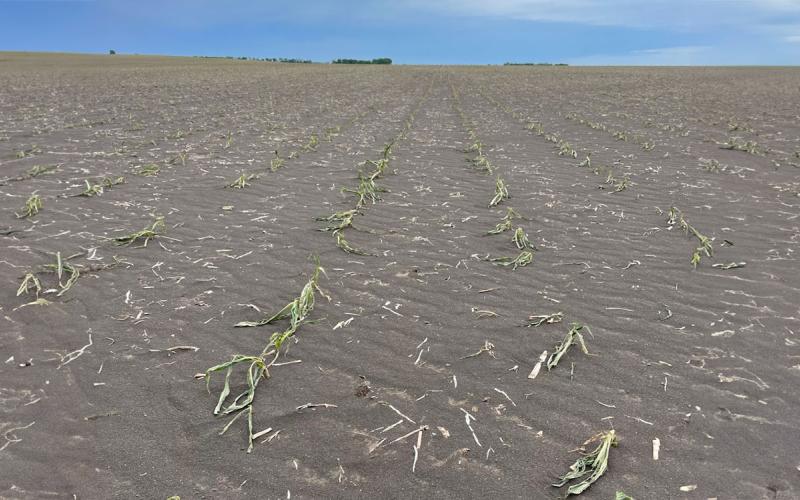
Soil Only Blows During Droughts?
What causes soil to blow during periods of adequate moisure? High winds can rapidly dry soil close to the surface. If the winds are high enough, even soil at intermediate water contents can blow.

SDSU Extension welcomes new agronomy field specialist
June 10, 2024
South Dakota State University Extension is pleased to welcome Clarence Winter as a new Agronomy Field Specialist.

SD 4-H team wins national land and range judging contest
May 29, 2024
The Haakon/Bennett County 4-H range judging team won first place at the 2024 National Land and Range Judging Contest held from April 30 to May 2, 2024, in El Reno, Oklahoma. Team members include Bennett County’s Emily Zickrick and Haakon County’s Colden Kramer, Ashley Schriever and Tara Schofield.
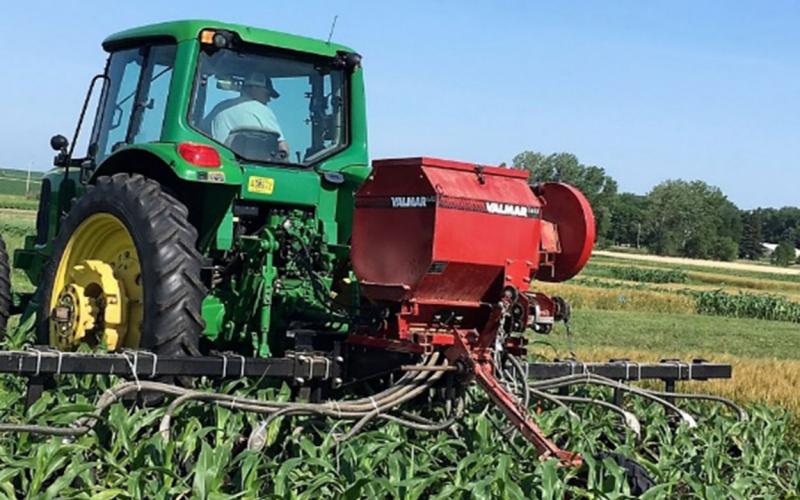
Cover Crops in Modern Agriculture
Fact sheet on cover crops in modern agriculture.
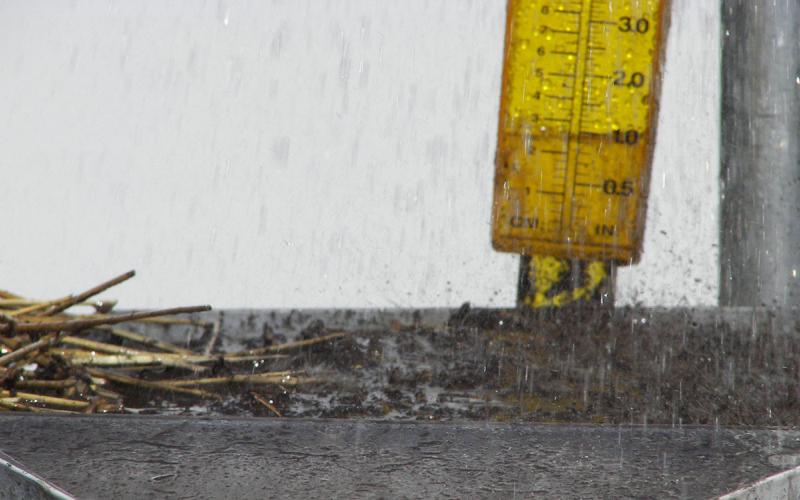
How Soil Holds Water
Water retention is an important soil property and is related to soil texture, organic matter content, and density.
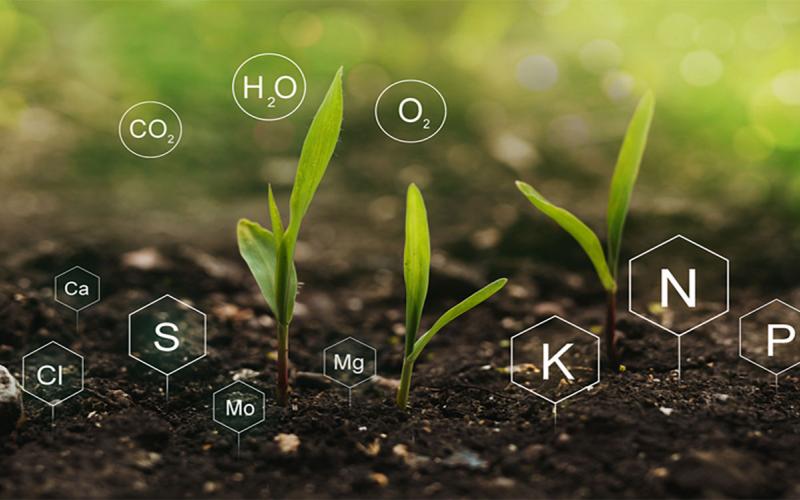
Interpreting Soil Tests for Gardening
There are many different chemicals that make up plants. These chemicals include hydrogen, carbon, oxygen, nitrogen, phosphorus, sulfur, calcium, magnesium, iron, manganese, copper, boron, zinc, molybdenum, cobalt, and chlorine.